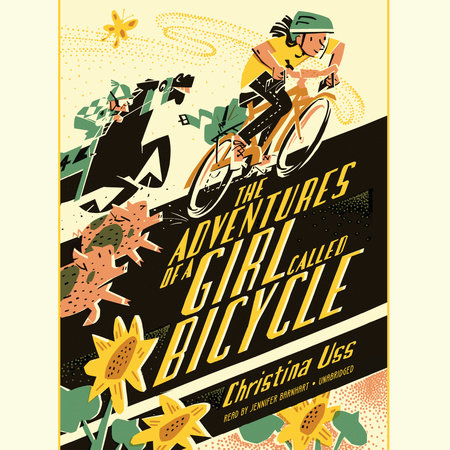Young Adult Books from Queer Authors
Alex Urbanek, Collections Librarian, They/them

Manhattan Public Library’s April ReadMHK prompt is to read titles written or starring LGBTQIA2S+ individuals. April is the perfect month to focus on these stories, as Manhattan, Kansas celebrates Little Apple Pride, one of my favorite celebrations. For this month, I’m focusing on books in the library’s young adult collection written by queer authors and featuring queer protagonists.
Anna-Marie McLemore (they/them) is one of my favorite queer writers. They tend to mix magical realism with gender and sexuality struggles, as well as young love. Their latest book “Lakelore” is a story of two non-binary, neurodivergent teenagers who are the only people to interact with the rumored world under the lake. Bastian has been exploring the world under the lake for most of their life, but has avoided it since they’ve begun releasing their alebrijes, brightly colored Mexican folk-art animal sculptures, into the world as a way to regulate their emotions. Lore moved into town after visiting several years ago and interacting with the world, which they thought was only a dream. As the world under Lakelore threatens to come to the surface, the teens find friendship and companionship with each other, working through their problems together instead of alone.
“Magical Boy” by The Kao, also known as Vincent Kao (he/him), began as a webcomic and now has two volumes in print. Max is a transgender boy dealing with typical problems: coming out, dealing with parents and schoolmates dead-naming and mis-gendering him, and the family “blessing” of being a “magical girl.” With the help of his friend Piper, Max has to come to terms with his birthright and fight evil in the world. This comic does a great job of showing the highs and lows of transitioning, with a twist on the magical girl trope. If you’re interested in more of The Kao’s work, he also has a web series “Mondo Manga” that he updates regularly.
Meredith Russo (she/her) writes from her transgender femme experience in both her books, “If I Was Your Girl” and “Birthday.” In “Birthday,” we follow two friends from their thirteenth to sixteenth birthdays, switching character perspective in each chapter. Morgan is starting to come to terms with her trans female identity, while still struggling with her mother’s passing. She is terrified of ruining her friendship with Eric and her relationship with her very masculine father. Meanwhile, Eric is worried about his friendship with Morgan, while also worrying about the future and his changing sexuality. Russo does a fantastic job of writing trans stories that aren’t as focused on the trauma aspect, instead focusing on the coming out narrative and young love in high school.
Magdalena “Maggie” Gonzalez has put any quest for love on hold. She’s decided just to focus on her photography career and her friends. However, with her sister’s quinceañera around the corner, Maggie needs to find a date. Picking from three different people proves difficult when she has to come to terms with the feelings she harbors for each of them. “Just Your Local Bisexual Disaster” by Andrea Mosqueda (she/her) is a fun love story that turns the love triangle trope on its head with the bisexual conundrum.
“Bingo Love” by Tee Franklin (they/she), among others, is a quick graphic novel showcasing the love story between Hazel and Mari. They meet at church bingo in 1963 and quickly fall in love. Their families and social pressures push them apart, and they both end up marrying men and having families. Years later in their 60’s, Hazel and Mari run into each other at, yet again, church bingo. With full families and adult responsibilities, these sweet grandmothers have a big decision to make.
If sci-fi stories are more your thing, “The Sound of Stars” by Alechia Dow (she/her) follows the tale of human Janelle “Ellie” Baker and M0Rr1S, one of the invading Ilori. Dow utilizes her own experience being asexual to easily discuss Ellie’s asexuality without it being a big deal. When the Ilori first invaded, human kind responded with violence, making the Ilori believe that any form of emotional expression by humans should be outlawed, including books and music. When M0Rr1s finds Ellie’s illegal library, and gets introduced to music, an unlikely friendship develops.
If none of these titles called out to you, you can access one of our many resources to find some new titles. Our librarians are well versed in finding just the book for you. Happy Pride!




